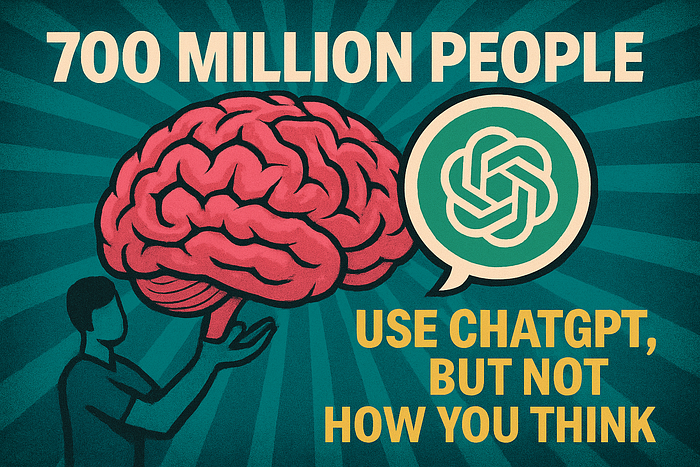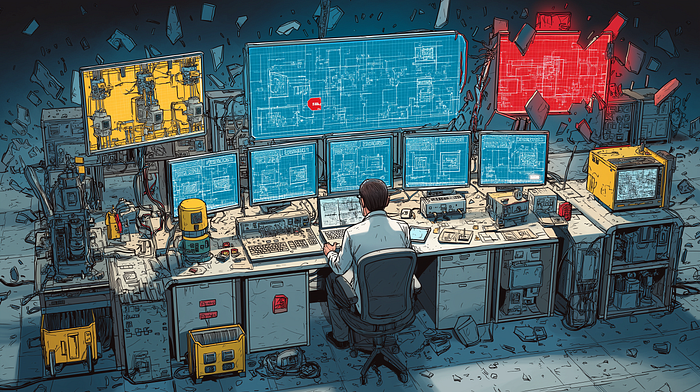
Six Ways to Control Style and Content in Diffusion Models
Last Updated on February 12, 2025 by Editorial Team
Author(s): Aliaksei Mikhailiuk
Originally published on Towards AI.
How to Unleash Creativity with a Painter’s Precision and Your Favourite Diffusion Model
This member-only story is on us. Upgrade to access all of Medium.
Stable Diffusion 1.5/2.0/2.1/XL 1.0, DALL-E, Imagen… In the past years, diffusion models have showcased stunning quality in image generation. However, while producing great quality on generic concepts, these struggle to generate high quality for more specialised queries, for example generating images in a specific style, that was not frequently seen in the training dataset.
We could retrain the whole model on vast number of images, explaining the concepts needed to address the issue from scratch. However, this doesn’t sound practical. First, we need a large set of images for the idea, and second, it is simply too expensive and time-consuming.
There are solutions, however, that, given a handful of images and an hour of fine-tuning at worst, would enable diffusion models to produce reasonable quality on the new concepts.
Below, I cover approaches like Dreambooth, LoRA, Hyper-networks, Textual Inversion, IP-Adapters and ControlNets widely used to customize and condition diffusion models. The idea behind all these methods is to memorise a new concept we are trying to learn, however, each technique approaches it differently.
Before diving into various methods that help to condition diffusion models, let’s first recap what diffusion models… Read the full blog for free on Medium.
Join thousands of data leaders on the AI newsletter. Join over 80,000 subscribers and keep up to date with the latest developments in AI. From research to projects and ideas. If you are building an AI startup, an AI-related product, or a service, we invite you to consider becoming a sponsor.
Published via Towards AI
Take our 90+ lesson From Beginner to Advanced LLM Developer Certification: From choosing a project to deploying a working product this is the most comprehensive and practical LLM course out there!
Towards AI has published Building LLMs for Production—our 470+ page guide to mastering LLMs with practical projects and expert insights!

Discover Your Dream AI Career at Towards AI Jobs
Towards AI has built a jobs board tailored specifically to Machine Learning and Data Science Jobs and Skills. Our software searches for live AI jobs each hour, labels and categorises them and makes them easily searchable. Explore over 40,000 live jobs today with Towards AI Jobs!
Note: Content contains the views of the contributing authors and not Towards AI.
















